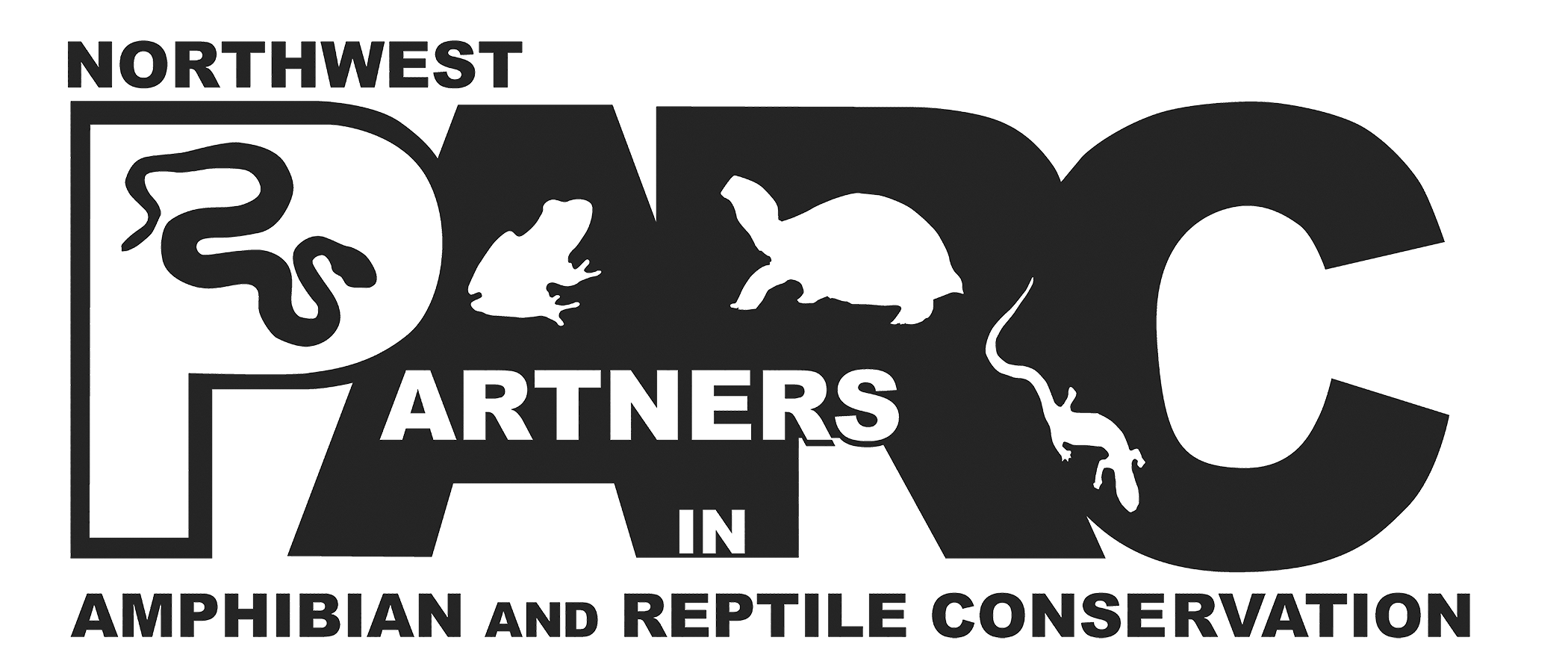Above: Longnose Leopard Lizard © Chuck Peterson
Habitat Management Guidelines
for Amphibians and Reptiles
of the Northwestern United States and Western Canada
Habitat alteration, fragmentation and loss are collectively considered to be the primary challenges in the conservation of amphibians and reptiles (i.e., herpetofauna). With herpetofaunal populations declining, and human populations expanding and using more land, PARC has developed a series of regionally-specific best management practices, or Habitat Management Guidelines (HMGs) to provide proactive guidance for improving the compatibility of land management practices with these animals.
These guidelines are not regulations, nor are they in any way an attempt to limit landowners' rights. They should simply be regarded as recommendations for landowners and managers who want to consider the needs of amphibians and reptiles in the course of their management activities. The HMGs are directed towards resource managers and private landowners who have a desire to help protect amphibians and reptiles. If many landowners and land managers each implement some of these guidelines, then the cumulative effect can only be a positive one.
These Guidelines:
use the best science available
are easily understood by and practical for land managers and private landowners
present measures to help maximize compatibility with existing management objectives, or to help optimize management actions specifically for herpetofauna
provide guidance on the management and restoration of habitats such that amphibians, reptiles, and many other wildlife species may benefit
HMGs are also available for Southeast, Northeast and Midwest regions through the PARC website.
For more information on how to obtain a free copy or hard copies of the Northwest Habitat Management Guideline, please contact David Pilliod.
Donations to PARC help defray the costs of development, printing, postage and handling, and can be made by check, credit card, or money order. Donations are handled through our partner organization and charitable non-profit, Amphibian and Reptile Conservancy (ARC). Donations can be made by visiting the website of ARC.
Amphibians on my Land
By integrating habitat for amphibians, the stewardship practices presented in this brochure serve to make agriculture more productive and sustainable, while increasing the aesthetic, cultural and recreational aspects of the steward’s land – and ultimately its value. New updated version from 2019.
Fish Stocking Literature Review
The stocking of non-native trout into previously fishless lake systems has had negative consequences for numerous wildlife species, including native fish, amphibians, aquatic insects, and at least one species of high alpine songbird and one species of garter snake. Predation, competition for food, and declines in animal abundance at different trophic levels have all drastically altered these ecosystems. In this bibliography, we have organized past and current literature into various categories, including effects to ecosystems, effects to species, results when fish are removed from systems, competition for food, policy and management, anti-predator defenses, disease transfer, and additive effects of multiple predators. These papers are largely from research conducted in northwestern North America and links have been provided for the papers that were available online. Though we feel this is a fairly comprehensive bibliography, there are likely more studies from the NW PARC region that we have missed. Please contact us with such research and the links if you have them.
Inventory and Monitoring: Recommended Techniques for Reptiles and Amphibians, with application to the United States and Canada
The PARC Inventory and Monitoring: Recommended Techniques for Reptiles and Amphibians book provides an excellent resource for biologists, land managers, consultants, and particularly those who are non-herpetologists, to understand the animals in their geographic area of interest
Visit the national PARC website for a list of all their available products.





